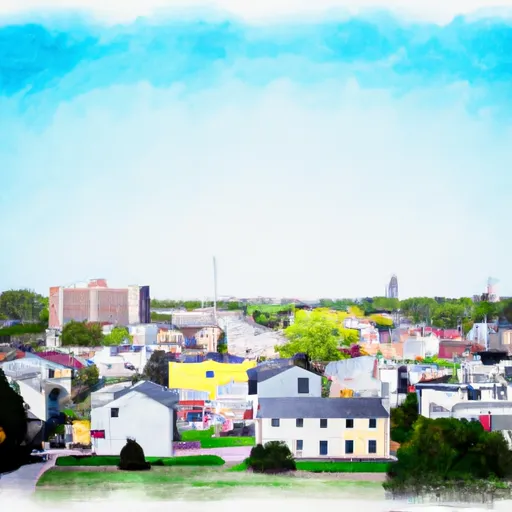°F
°F
mph
Windspeed
%
Humidity











Hancock, Iowa is a small rural town situated in the western part of the state. It has a humid continental climate characterized by hot summers and cold winters. Precipitation is well distributed throughout the year with an average annual rainfall of 34 inches. The town is located near the East Nishnabotna River, which is a major hydrological feature of the region. The river is known for its abundant fish population, making it a popular spot for fishing enthusiasts. There are also several parks and recreational areas in Hancock, including the Nishna Bend Recreation Area, which offers opportunities for hiking, camping, and wildlife viewing. The town is surrounded by agricultural land, providing ample opportunities for outdoor activities such as hunting and birdwatching.
Weather Forecast
Hancock receives approximately 908mm of rain per year, with humidity levels near 81% and air temperatures averaging around 10°C. Hancock has a plant hardyness factor of 5, meaning plants and agriculture in this region thrive during a short period during spring and early summer. Most plants will die off during the colder winter months.
Regional Streamflow Levels
165
Cubic Feet Per Second
28
Cubic Feet Per Second
58
Cubic Feet Per Second
30
Cubic Feet Per Second
Nearby Camping
| Camping Area | Reservations | Toilets | Showers |
|---|---|---|---|
| Carson City Park | |||
| Pioneer City Park | |||
| Olde Towne Co Park | |||
| Pottawattamie County Fairgrounds | |||
| Lyons Park | |||
| Botna Bend County Park |



